Literomancers (LIT-er-uh-man-serz , LIT-truh-man-serz | / 'lɪt ər ə ˌmæn sərz / , / lɪ trəˌmæn sərz /)
Literomancers are "Wizards of Words," mages who can utilize the magic of words, known as Literomancy, to create real-world effects, or "spells," as they are sometimes known outside of the community. This is accomplished by making use of the written word to tell a story, and that story creates changes in reality. These changes can defy the known laws of physics, but the more powerful the effect, the more draining that effect is to the literomancer. Literomancers can also use written script to develop "short-cut" effects that can be summoned into being without having to create an entire story to make them happen, as long as a story to explain that has already been crafted.
Literomancers were once a minority counterculture, historically persecuted in a variety of ways; from witch burnings, to targeted taxation policies, to modern 20th century pogroms focused on scholars spreading specific ideas. However, in the wake of the zombie apocalypse of 2020, literomancers are, in general, highly respected and valued, and the world depends upon them for defense against such threats as the Undead Horde. For that reason, known literomancers, though still a minority, tend to develop celebrity status.
There is still a degree of fear surrounding their powers, however, and from time to time, this fear is exploited, fed, and manipulated by groups of people who range from the legitimately concerned to those with more sinister agendas.
The vast majority of literomancers become Tome Knights; mages sworn to protect and defend The Iron Tome and keep it out of the hands of the Undead and those who would use it for evil ends. The most powerful known literomancers, especially those who come from the Great Houses, strongly encourage this. However, literomancers do exist who are not Tome Knights, although they are often excluded from much of the social structure and shared body of knowledge of the literomantic community.
There are only a few hundred known literomancers, so even though they are a highly respected and significant subculture in the modern world, they are still a small community, who have been keeping their practices secret by necessity for hundreds, perhaps thousands, of years. As a result, they are still very insular, with their own customs and practices. Socially, they have the dynamics of a small town -- everyone knows everyone else's business.
Naming Traditions
Unisex names
Perhaps because literomancers love the written and spoken word, personal names range from the more common names of a given existing culture;
Bob
Erin
Jean
Greg
...to whimsical and somewhat unique given names;Sable Aradia
TaraFaeBelle
Mykola
Cryssalia
Xantos
Galakrond
AttorraRu
...to names inspired by pop culture and works of literature;Darth Nikolas (inspired by Star Wars)
Esongbird24601 (partially inspired by Les Miserables; 24601 was Jean Valjean's prison number)
...to names that invoke forces of nature, colours, elements, or other things drawn from the natural world;Tempest
Sunny
Rowean (Rowan)
Senna
Striker
Monkey
Foxx
Stormy
...to names that form phrases or combine ideas with unique personal meanings;Realm of Music
Coffee Quills
OffspringNumber1
ShyRedFox
There is little restriction on naming among literomancers as a result. It is not uncommon for literomancers to change their names, maybe several times, according to personal desire, and this is broadly accepted and legitimized.
...to whimsical and somewhat unique given names;
...to names inspired by pop culture and works of literature;
...to names that invoke forces of nature, colours, elements, or other things drawn from the natural world;
...to names that form phrases or combine ideas with unique personal meanings;
There is little restriction on naming among literomancers as a result. It is not uncommon for literomancers to change their names, maybe several times, according to personal desire, and this is broadly accepted and legitimized.
Family names
Many literomancers descend from a tradition of literomancy in their families, and thus carry these family names. These families are highly respected, especially among literomancers who understand their significance. Most of these family names are Latin words for an associated animal totem that is believed to watch over that family. Some of those notable names include:
Apis
Chiroptera
Lapin
Meles
Many Houses exist, however, which are either not traced through family lines, or are more newly-formed. These Houses do not make use of their names as family names, although they often continue to incorporate the Latin naming system:Ailurus
Avis
Sauropoda
There is at least one exception to these rules -- Mollusca does, apparently, have a family tradition of literomancy, and traces their succession through their family line as well, but they do not commonly use the "House name" as a family name.
Many Houses exist, however, which are either not traced through family lines, or are more newly-formed. These Houses do not make use of their names as family names, although they often continue to incorporate the Latin naming system:
There is at least one exception to these rules -- Mollusca does, apparently, have a family tradition of literomancy, and traces their succession through their family line as well, but they do not commonly use the "House name" as a family name.
Other names
It is common for literomancers who become Tome Zombies to be given a new name by the current Night Monarch. No one is sure why. Are the Undead different people than they were as living beings, perhaps?
These names often have a gruesome sense of humour, representing bad puns or wordplays on their living names:
RPG Fossil Bob
TerrifyBelle
Lord GalaWight
Lich Nikolas
DeathWriter
Coffee Cthulhu
OffedspringNumber1
ShyDeadFox
Culture
Major language groups and dialects
Literomancers come from every known culture on earth. As a result, they speak (and write) a variety of languages as well. However, throughout history, they have typically used whatever the most widely spoken or written language is at the time, so currently, most literomancers speak English. In the past, they have also made widespread use of Latin, French, and languages considered especially poetic, such as Langue d'Oc.
Culture and cultural heritage
By tradition, literomancers organize themselves into "Great Houses". These Houses often run through families, but may also represent loosely organized conglomerates of literomancers with similar traits. A House is typically known by the Latin name for the species of its totem animal. Usually, there are six Major Houses at any given time, with any number of Minor Houses being possible. Minor Houses give their loyalties to the Major Houses, on a temporary or ongoing basis. Currently, since the disappearance of The Missing House, there are only five Major Houses.
Since the collapse of society following the zombie apocalypse in 2020, most Great Houses rule in a feudal, or constitutional monarchal, relationship over "Protectorates," which are large geographic areas that are effectively independent nations. Former journalists and delivery drivers have become Kings and Queens in the literomantic world.
Each House has its own specific traditions, often centered in its totemic connections and works of literature that celebrate those connections. For example, House Lapin takes a lot of its traditions from the novel Watership Down, and House Meles draws from The Wind in the Willows and Redwall.
Literomancers often identify strongly with their House identities, especially if they are also Werebeasts. Sadly, this has leant itself to racial slurs unique to the Houses, such as "bucktooth," "dirt-eater," or "lizard.," although these terms have become just as offensive as any other form of racism.
Shared customary codes and values
Imagination is more important than knowledge.As might be expected, literomancers value creativity and articulation as essential skills. They also tend to be prone to romanticism, holding to perhaps overly idealistic standards of honour, chivalry, and bravery. Conversely, cleverness is also valued, with dirty tricks or successful political maneuvering being given a reluctant nod of respect. Because writing is the sort of work that takes a degree of obsession and hyperfocus, literomancers are more likely to exhibit behaviours that others might consider "neurotic." Neurodiversities are disproportionately represented among them. Two things that literomancers are particularly bad at are looking after the needs of their bodies as they become lost in their stories and magic; and giving themselves permission to do the things that bring them joy, since creative work in the greater population tends to be discouraged, or at least, regarded as something one does after the "real work" is done. Because of this, two illicit organizations have sprung up among the literomantic community who make it their personal mission to encourage — or force, when necessary — other literomancers to attend to these things. The Self Care Mafia focuses on making sure literomancers take care of themselves, especially during wars or Tourneys, and the Chaos Cartel strongly encourages the seeking of fun and joy. The two have a (mostly) friendly rivalry as some of their foci compete, but they often find themselves working in tandem as well.
Common Etiquette rules
For centuries, literomantic Houses have kept secrets from one another. They guard their libraries jealously, and there have been histories of wars between them for power and control of The Iron Tome. However, in this new Literomantic Age, by common agreement and formalized House treaties, literomancers share any information they have on The Undead Horde and the Iron Tome for the common good of all. Or at least, they are supposed to.
A recent movement has developed among the Houses to see that literature that belongs to them is returned to them, although it is generally accepted that the House that is returning such a work will make a copy of it for themselves first.
Common Dress code
What dress code? Clothed is preferred in public (and in human or humanoid form.) Otherwise, most literomancers dress in whatever feels most comfortable to them. Nerdy T-shirts and jeans, broom skirts, or shorts is the usual, or perhaps cardigans and slacks for the classier types, but literomancers have also been known to dress in cloaks, leather, furry costumes, and bathrobes and slippers as everyday wear.
This is only in part due to social awkwardness or personal creativity. Literomancers spend a lot of time writing. This often involves sitting in one place for extended periods of time. Comfortable clothing is an occupational necessity.
Art & Architecture
There is nothing a creative enjoys doing more than art. Literomancers engage in a wide variety of other creative pursuits in addition to their writing, from fabric arts, to painting, to drawing, to carving and sculpture, to metalwork and music.
A particular art that has become broadly valued by literomancers in recent years is filking — that is, the art of coming up with different lyrics to a perfectly good song. Borrowed from Ren Faires and sci-fi conventions, filkers proliferate, and their work is deeply appreciated by other literomancers. While this was at first regarded as a somewhat dangerous magical plague, research in the rediscovered, ancient Sauropodan Library suggested that this is, in fact, an ancient art that is capable of capturing fragments of extremely powerful magic. Filking also contributed significantly to the victory in The Third Word War. Since then, filkers have started being regarded as less of a nuisance, and more as bards who encourage and inspire other literomancers.
Hey! The Plague will get you too! Another one writes a filk!
Foods & Cuisine
Did I remember to eat today?Literomancers can easily get wrapped up in their projects, and have a tendency to neglect their bodies. As a result, they tend to eat more "quick grab" food than anything else — and drink a lot of overly-caffienated beverages.
Common Customs, traditions and rituals
Literomancers gather three times a year. The first two gatherings, the Tourneys of Tales, are month-long events that happen in April and July. Literomancers come together and compete in literomantic contests for the glory of their Houses. The winning House is said to have "taken the pennant."
This also used to occur in November in an event called The Game of Tomes, but since the reawakening of the Iron Tome in November of 2020, the Undead Horde, an army of undead spawned by a particular chosen literomancer who becomes known as the Night Monarch, rises to take the Iron Tome from the living, forcing a life-or-death contest of literomantic prowess between the Houses. These have become known as the Tome Wars or the Word Wars. There have been five Word Wars since the Tome's reawakening.
Some holidays have become commonplace in the literomantic community, such as Avisalia, GoToween, and Tomesmas. These holidays celebrate cultural myths, and center around busy times of the year, either falling during Tourney months and being used as a mental break; or proceeding or following the wars in November.
The use of stimulants to keep the brain functional and focused is a widely accepted practice among literomancers. While smoking has largely fallen out of fashion, a visiting literomancer can expect to be served coffee, tea, cola, energy drinks, or all the above, in copious quantities. As of the discoveries made just before The Third Word War regarding Magic Drain, literomancers can also expect their peers to keep a variety of quick protein and sugar-building snacks, and electrolyte-replenishing food and drinks, ready to hand.
Some subcultural references and in-jokes remain entrenched among the literomantic community. Literomancers will often call each other by friendly slang terms associated with their Houses (ie. "Bunny Mom, Badger Boy, Dinos"). When turning in their word counts for a literomantic event, it is common for the host to ring a bell and request that the literomancers "bring out their words." This is because the number of words produced in an act of Literomancy are seen as a way of measuring units of magical power.
Coronations among the rulers of the Great Houses are typically conducted by the House Librarian or Lore Keeper, who is regarded as the keeper of the House's cultural heritage and important body of knowledge.
Funerary and Memorial customs
Funerary customs tend to be individual to each of the Great Houses. Because of their unique relationships with their totem spirits, those totems are typically incorporated into their rites, along with deities who represent important aspects of those Houses. For example, House Chiroptera gathers and entombs their dead in caverns, and offers prayers to Cailleach, Celtic goddess of the night. House Lapin gives homage to the Rabbit in the Moon or rabbit trickster-spirits, which, in modern times, has become entangled with the story of El-Ahrairah, a rabbit trickster-hero who was cribbed directly from Watership Down, and Frith, the rabbit deity from the same novel, who is embodied by the sun. House Mollusca commits their dead to the fathoms of the deep, and seem to view their "Cosmic Kraken" leader as being something of a semi-divine being in the way that Egyptian pharoahs were thought to be semi-divine.
Common Taboos
Literomancers hold the creative process as sacrosanct. It is extremely gauche to interrupt another literomancer's work, and violating the codes that artists use to interact in the business world might be cause for a duel in the literomantic community.
Sadly, because literomancers in the modern era are called to war annually against the Undead Horde, PTSD is by no means uncommon among them. The community hasn't yet figured out how to deal with this. Some refuse to acknowledge it, whether in themselves or in their peers, in much the same way that other soldiers in a warzone simply soldier on. Others try to take a healthier approach, and they try to allow space for trauma and to treat it in themselves through therapy. Some, of course, simply drown their sorrows in a bottle.
In addition, many literomancers have now spent periods as Tome Zombies, having been turned during the various Tome Wars. Since it is known that as Undead, they were not in control of their actions, they are not held responsible for those actions. While a lot of those who have been so affected struggle with guilt and trauma from the experience, it is considered extremely rude to ask about one's period among the Undead. By common, unspoken agreement, such things are never brought up. As a result, literomancers from both sides of these conflicts often have unresolved trauma issues about them.
Ideals
Beauty Ideals
Above all, literomancers value self-expression and creativity. There are a wide variety of beauty expressions and preferences among them as a result. Disproportionately, they tend to adopt the expressions of other countercultures, too — punks, goths, nerds, LARPers, Ren Faire geeks, and the like. Size and body type are rarely a concern for literomancers in their relationships, who are better than most at looking beyond the surface of the skin.
It's not what you look like in a pair of jeans, it's the size of your library that counts.
Gender Ideals
Probably due to their creative natures, literomancers embrace a variety of gender identities, and an uncommon respect for non-conforming gender expression has always been a part of the literomantic community.
Relationship Ideals
There's nothing a writer likes more than a good romantic story. Couples who stay together through difficulties and over time are celebrated among literomancers. That said, self-expression is also valued, so those who choose non-commitment, or commitment to multiple partners, are also respected. Literomancers are concerned about healthy relationships, regardless, and people who seem to be exhibiting unhealthy relationship patterns will be questioned and supported by their peers.
WIP
Streamer
Missing
Status: Location Unknown
Deceased
Status: Deceased Character
Retired
Status: Retired Character or Article
Diverged ethnicities
Encompassed species
Related Organizations
- Babbit Alliance
- Chaos Cartel
- Grand Alliance
- House Ailurus
- House Apis
- House Kitsune
- House Lapin
- House Meles
- Kitsune-gumi
- Order of Royal Librarians
- School of Worldcraft and Wordmancy
- Self Care Mafia
- The Game of Tomes Organization
- The Great Houses
- The Startide Alliance
- The Undead Horde
- The Undead Horde 2020
- The Undead Horde 2021
- The Undead Horde 2022
- The Undead Horde 2023
- The Undead Horde 2024
- Voiders Anonymous
- Woodland Family Alliance
- World Literomantic Academy
- World Literomantic Academy Warren Campus
Related Items
Related Myths
Languages spoken
Related Locations
Most literomancers had day jobs prior to 2020. Some still do.
Combat literomancy at the Battle of the Warren (2021)
Some literomancers make use of "short cuts," such as rune magic
Literomancers are not necessarily human. Many are shapeshifters.


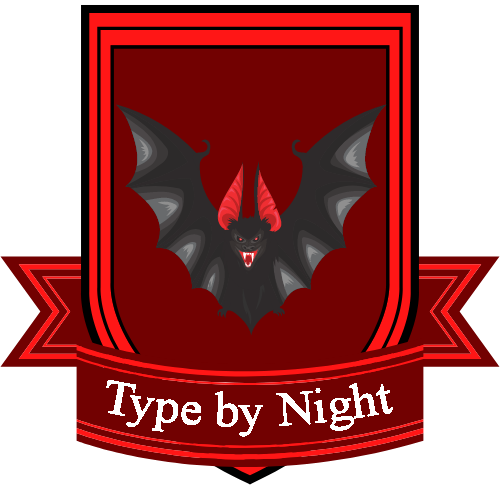
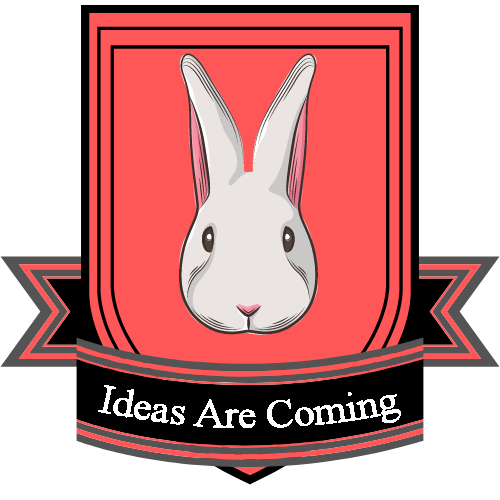
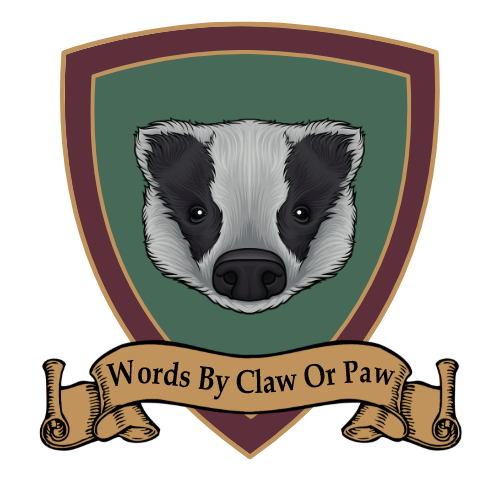
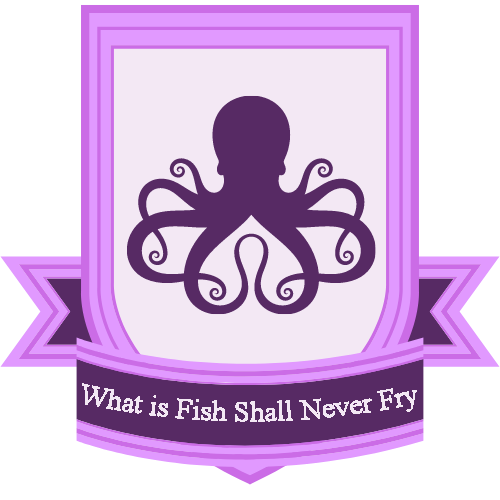




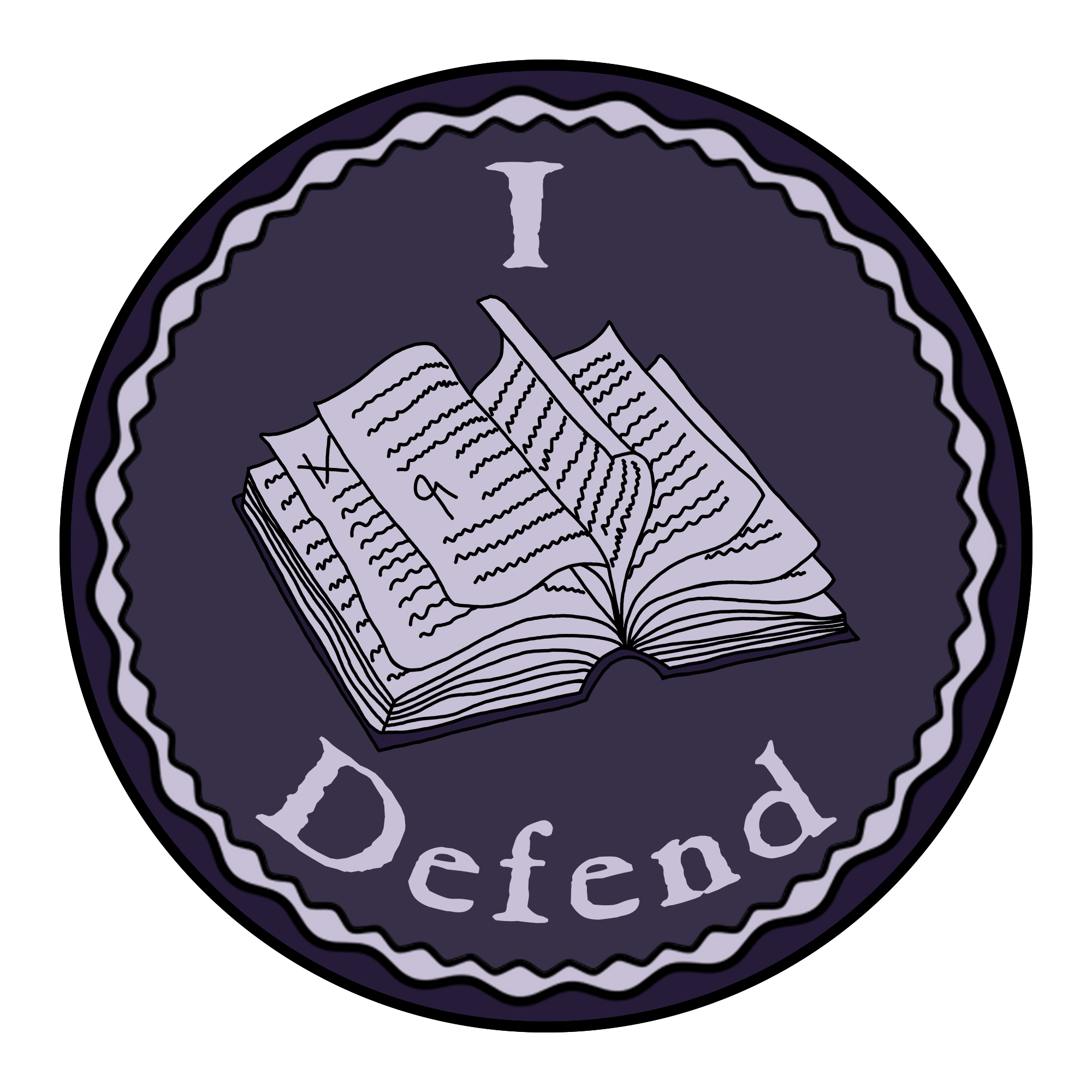

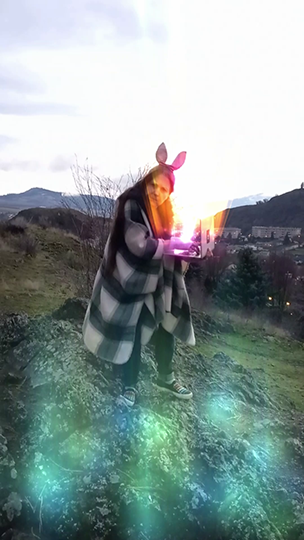




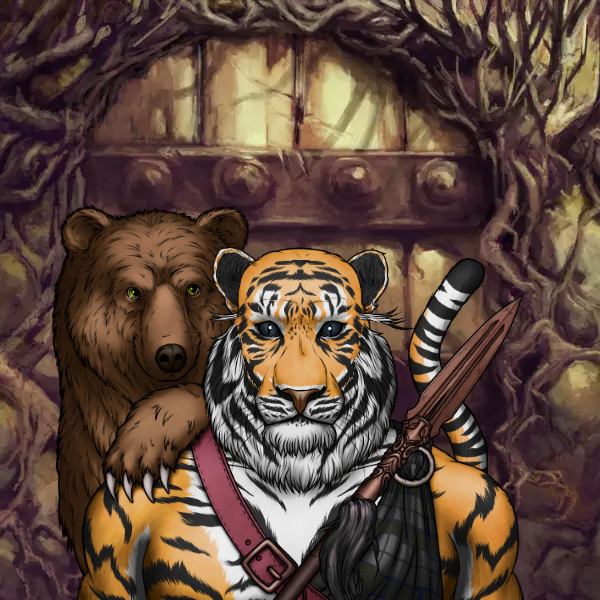
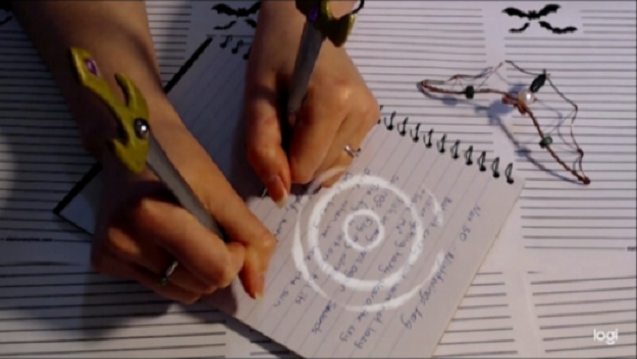




Comments